Dr. Phil Zeltzman’s Blog
What other complications can happen during anesthesia? (part 3)
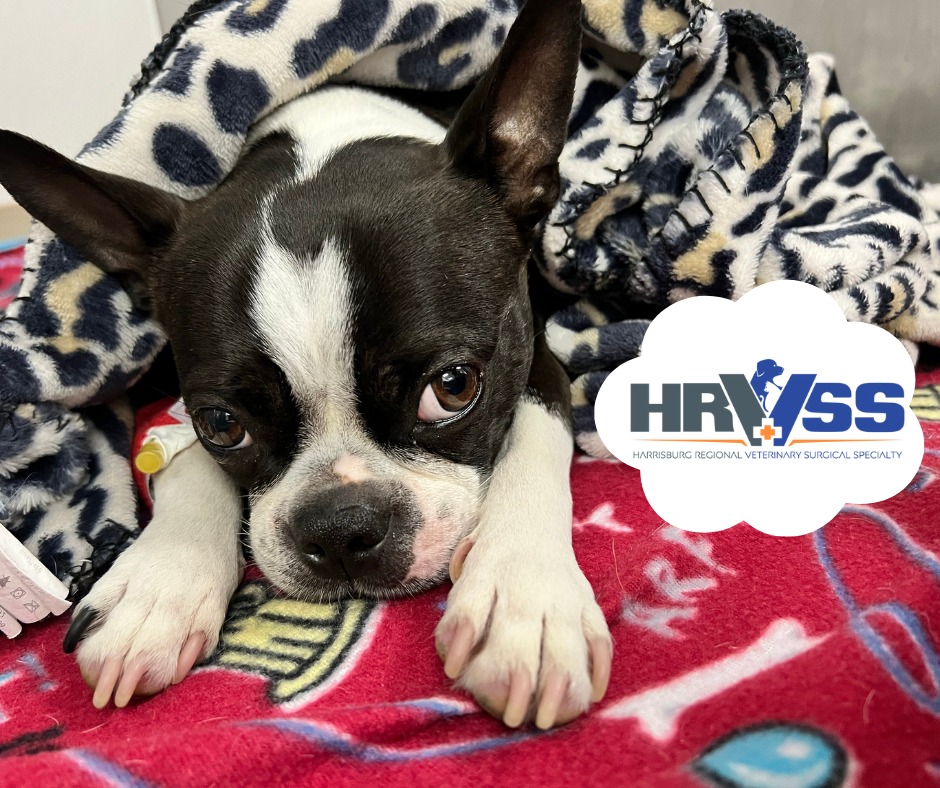
The healthiest patient can run into complications during anesthesia.
In part 1, we discussed breathing complications.
In part 2, we discussed cardio-vascular complications.
Today, let’s discuss other complications that can happen during anesthesia.
1. Hypothermia
This word means that the body temperature is too low. We do all kinds of things to prevent hypothermia before, during and after anesthesia: heating blankets, forced-air warm blankets, warm IV fluids etc.
If the temperature were still too low, we would find even more solutions to increase it back to normal.
2. Hyperthermia
This is the opposite of hypothermia, so this means that the body temperature is too high.
It can occur because of an unpredictable reaction to anesthesia drugs, which is thankfully extremely rare.
Less common, sometimes we use so many devices to increase a patient’s temp, that it goes a bit too high. This is especially true in small patients. We would then stop 1 or 2 options until the temp is back to normal.
3. Bleeding
Bleeding is an inevitable occurrence during any surgery.
The surgeon’s job is to minimize it.
In some rare cases, the bleeding is so significant (for example, a large tumor that bleeds excessively), that a blood transfusion is necessary.
4. Regurgitation
Under anesthesia, the stomach relaxes, and stomach fluid can easily go “up.”
This is a bit similar to acid reflux in people.
Worst case scenario, a few days after anesthesia, it can lead to aspiration pneumonia as explained below.
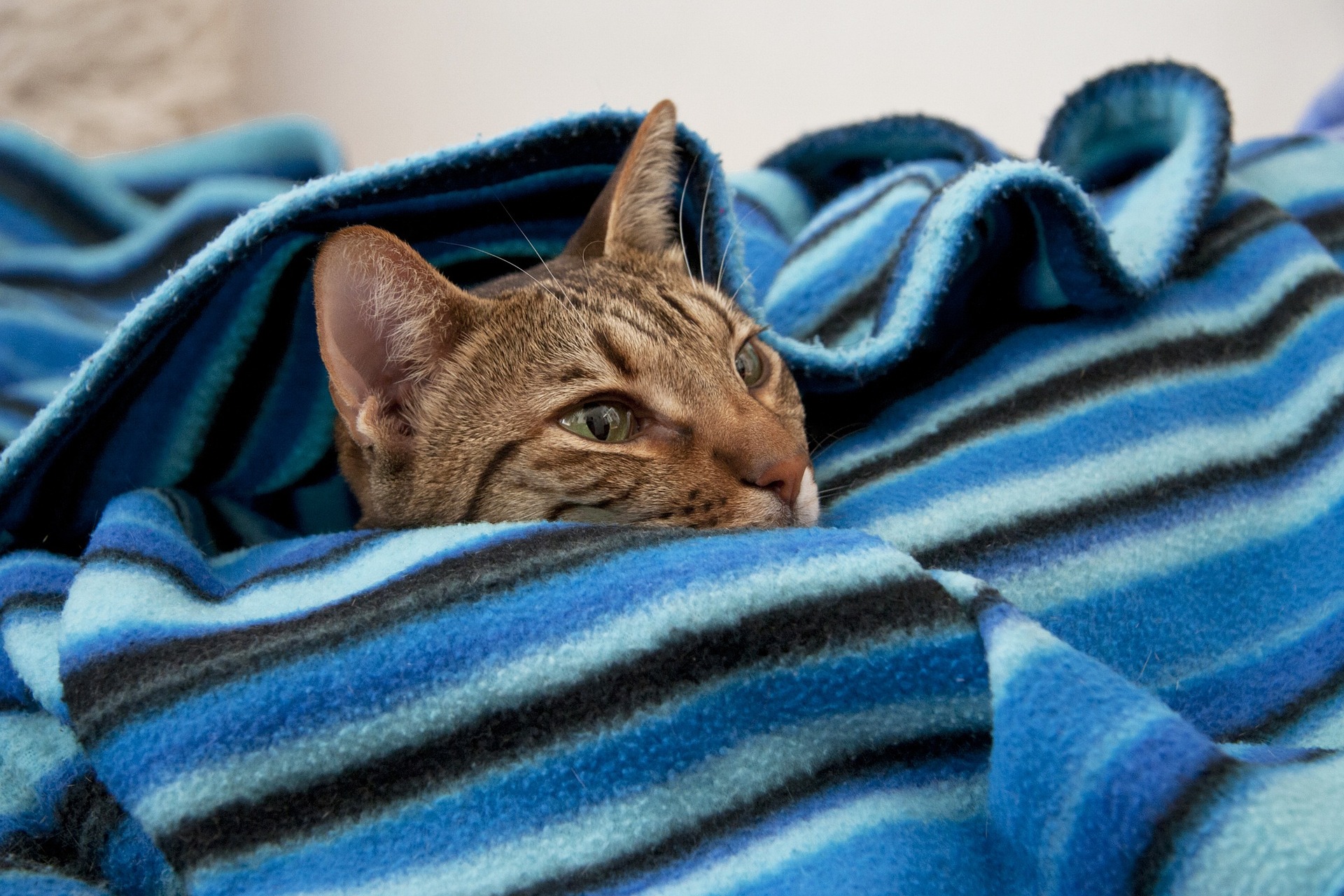
5. Aspiration
Under anesthesia, patients can’t control their swallowing reflex, so it is possible that fluid from the stomach can end up in the throat.
From there, the fluid can go down the trachea (wind pipe) and into the lungs.
This is called aspiration.
Once in the lungs, fluid or food can cause a type of pneumonia called aspiration pneumonia.
To reduce this risk, we recommend fasting the patient after dinner time, the night before surgery. In at-risk breeds, such as dogs with a flat face (Bulldogs, Pugs, Bostons…), we routinely give 2 anti-vomiting drugs and an antacid.
The same drugs can be given before specific surgeries, such as abdominal surgery, in any breed.
Thankfully, this is a rare occurrence.
As you can see, the risks of these complications are small, and most complications can be solved quickly.
The key is to have good monitoring equipment, and above all, experienced anesthesia nurses.
Every patient we anesthetize has a dedicated anesthesia nurse, whose only job is to keep her patient safe.
If you would like to learn how we can help your pet with safe surgery and anesthesia, please contact us through www.DrPhilZeltzman.com
Never miss a blog by subscribing here: www.DrPhilZeltzman.com/blog
Phil Zeltzman, DVM, DACVS, CVJ, Fear Free Certified
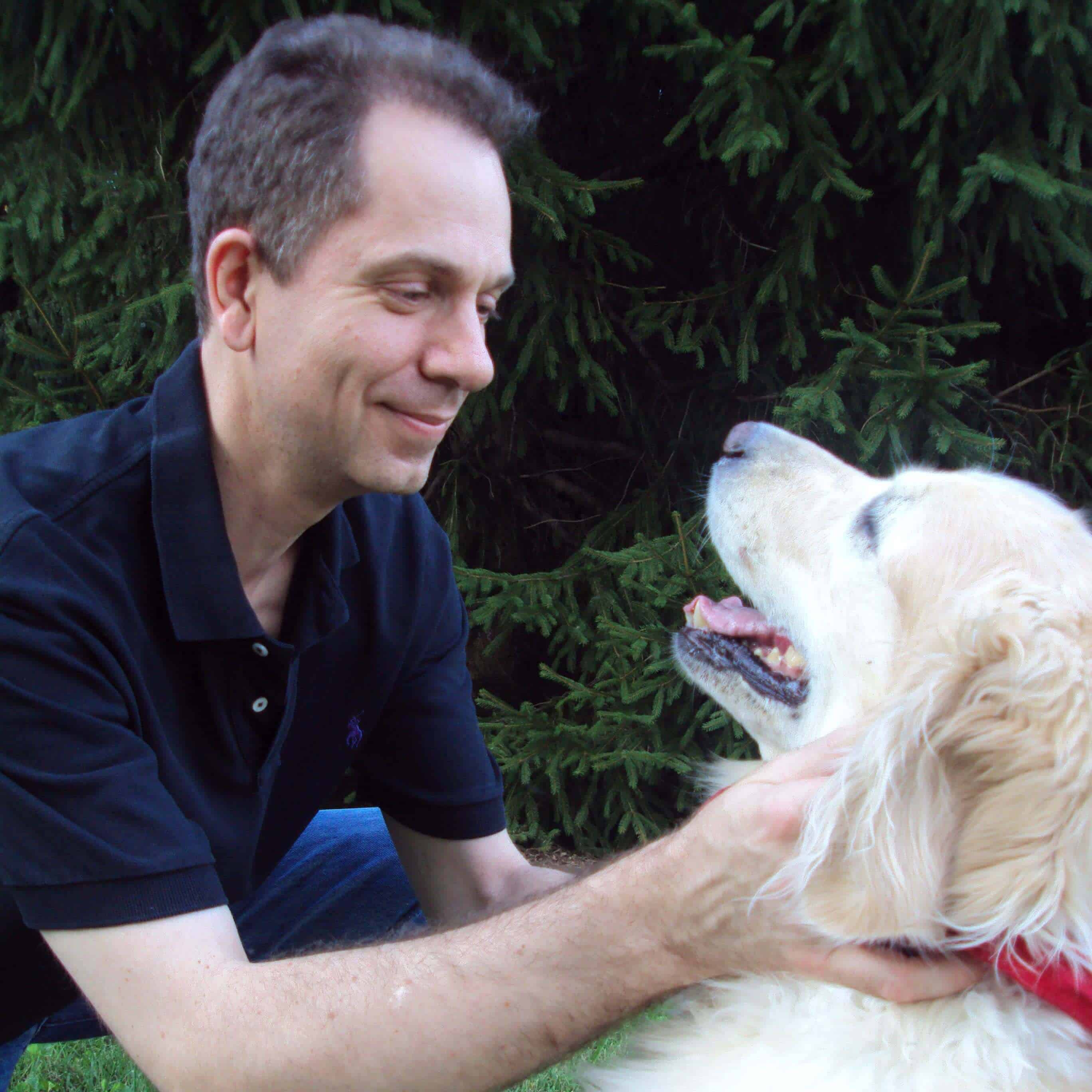
Dr. Phil Zeltzman is a traveling veterinary surgeon in Pennsylvania & New Jersey. An award-winning author, he loves to share his adventures in practice along with information about vet medicine and surgery that can really help your pets. Dr. Zeltzman specializes in orthopedic, neurologic, cancer, and soft tissue surgeries for dogs, cats, and small exotics. By working with local family vets, he offers the best surgical care, safest anesthesia, and utmost pain management to all his patients. Sign up to get an email when he updates his blog, and follow him on Facebook, too!
What cardio-vascular complications can happen during anesthesia? (part 2)

This is part 2 of our anesthesia complications blog series. You can read part 1 here.
The bad news: Every anesthesia carries some risk.
The good news: most complications are minor, and quickly and easily fixable.
Let’s go over some cardio-vascular anesthesia complications.
1. Bradycardia
Bradycardia is a fancy word that means that the heart rate is too low.
Common causes include:
- The anesthesia is too deep. The simple solution is lower the amount of anesthesia gas.
- The body temperature is too low. This is something we fight from start to finish.
- Electrolyte abnormalities. Most commonly, it is related to potassium being too high in the blood. This can happen in pets with a blockage that prevents them from urinating. We try to correct that before anesthesia even starts.
- Morphine-like drugs. That’s a common side-effect. If the heart rate is too low, we can use drugs to increase it.
2. Tachycardia
Tachycardia is the opposite of bradycardia, so it means that the heart rate is too fast.
The most common causes include:
- The anesthesia is too low. The simple solution is to give a bit more.
- Pain. We would then give even more pain medications than we typically provide.
- Some diseases, such as a tumor in the adrenal gland. This would be temporary, until the tumor is removed, and we can use drugs to lower the heart rate if needed.
3. Hypotension
Hypotension means that the blood pressure is too low, just like in some people.
The most common causes include:
- Severe bleeding. The solution would be to give more IV fluids or possibly a blood transfusion.
- Cardio-vascular diseases. Hopefully, this is something we know ahead of time, and can treat with meds before anesthesia starts. We sometimes use different drugs for anesthesia. We are also less generous with IV fluids so we don’t overload the heart.
- The anesthesia is too deep. We would then provide less anesthesia gas.
- Some drugs. We can give IV fluids or drugs that can correct that.
- Some conditions. For example, mast cell tumors in the skin can release a substance that causes the blood pressure to drop. We routinely use drugs before anesthesia to prevent this from happening.
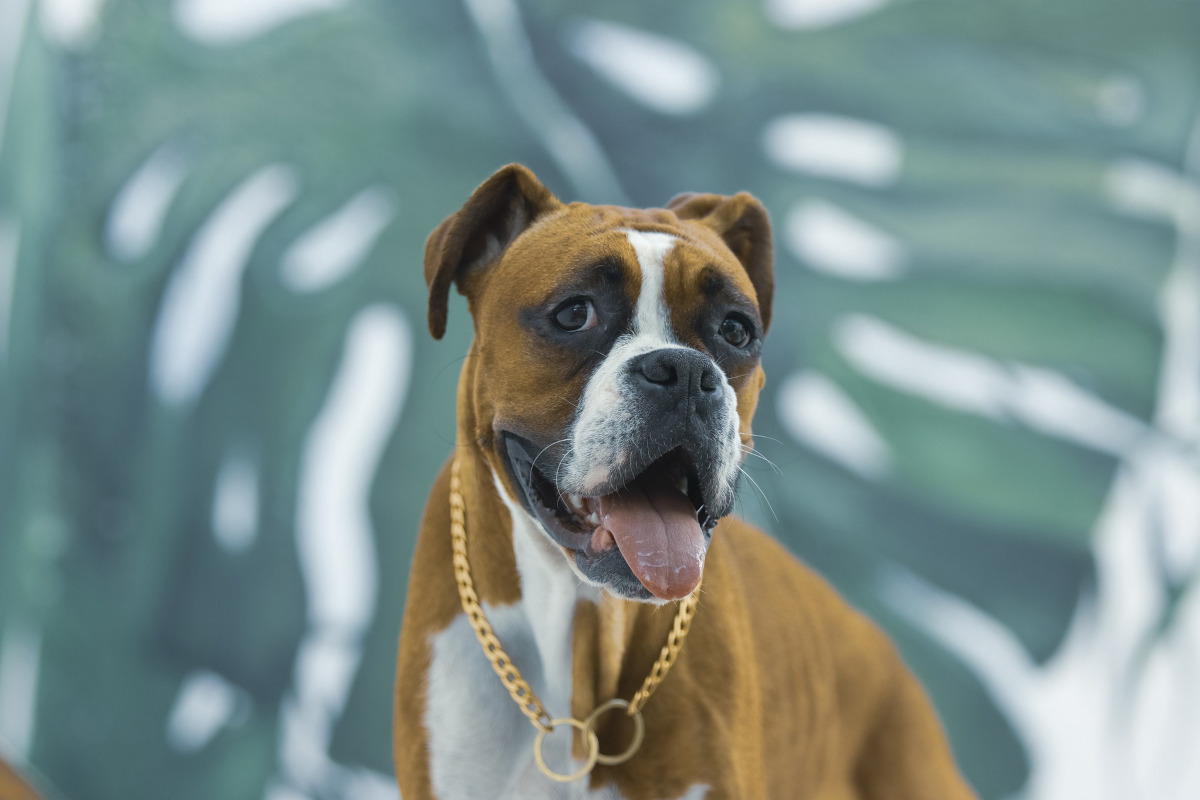
4. Hypertension
Hypertension is the opposite of hypotension, so it means that the blood pressure is too high, just like in some people. The most common causes include:
- The anesthesia is too light. So we would simply give more anesthesia drugs.
- Some diseases. For example, a type of tumor of the adrenal gland (pheochromocytoma) can release a substance that causes the blood pressure to spike. There are drugs we can use to lower the blood pressure.
5. Arrhythmias
Arrhythmia is a fancy word that means that there are abnormal or extra heartbeats.
The most common example is extra heartbeats during “bloat” (twisted stomach) or spleen surgery.
This usually resolves eventually with drugs and time.
Fortunately, the risks of severe complications are small, and most complications can be solved quickly.
The key is to have good monitoring equipment, and above all, experienced anesthesia nurses.
Every patient we anesthetize has a dedicated anesthesia nurse whose only job is to keep her patient safe.
If you would like to learn how we can help your pet with safe surgery and anesthesia, please contact us through www.DrPhilZeltzman.com
Never miss a blog by subscribing here: www.DrPhilZeltzman.com/blog
Phil Zeltzman, DVM, DACVS, CVJ, Fear Free Certified

Dr. Phil Zeltzman is a traveling veterinary surgeon in Pennsylvania & New Jersey. An award-winning author, he loves to share his adventures in practice along with information about vet medicine and surgery that can really help your pets. Dr. Zeltzman specializes in orthopedic, neurologic, cancer, and soft tissue surgeries for dogs, cats, and small exotics. By working with local family vets, he offers the best surgical care, safest anesthesia, and utmost pain management to all his patients. Sign up to get an email when he updates his blog, and follow him on Facebook, too!
What breathing complications can happen during anesthesia? (part 1)

Many clients are scared of anesthesia. And rightfully so. It’s a big deal !!!
As we often say, “There are routine surgeries, but there is no routine anesthesia.”
Yet, the risk of dying under anesthesia for a cat or a dog is, on average, less than 0.25%.
While every death is an absolute tragedy, this number is incredibly low.
The risk is even lower in healthy patients, and a bit higher in very sick patients.
Still, this number is very low, which means that anesthesia is overall very safe.
This will be a 4 part blog to explain some complications that can occur during and after anesthesia. We will start with breathing complications.
When a pet goes under anesthesia, they lose consciousness – by definition.
Occasionally, their lungs don’t quite do what they’re supposed to.
So a few complications can happen.
Fortunately, they are often short-term and fixable.
1. Apnea
You may have heard this word when people talk about holding their breath, for example underwater.
The same thing can happen during anesthesia: the pet stops breathing.
It can happen to any patient, most often at the very beginning of anesthesia, and occasionally during surgery.
Should that happen, the solution is simple: the nurse would “breathe for the patient” by squeezing the anesthesia bag, to give some oxygen to the patient.
It usually resolves quickly.
It can also happen because the patient is “too deep”, which means that (s)he received too much anesthesia drugs or gas.
This is also fixable by decreasing the amount of anesthesia gas given.
2. Hypercapnia
A fancy word that means that the pet has too much CO2 (carbon dioxide) in their system.
There are multiple reasons, such as lung disease or being overweight.
Again, the nurse would assist the patient to help them breathe more CO2 out.
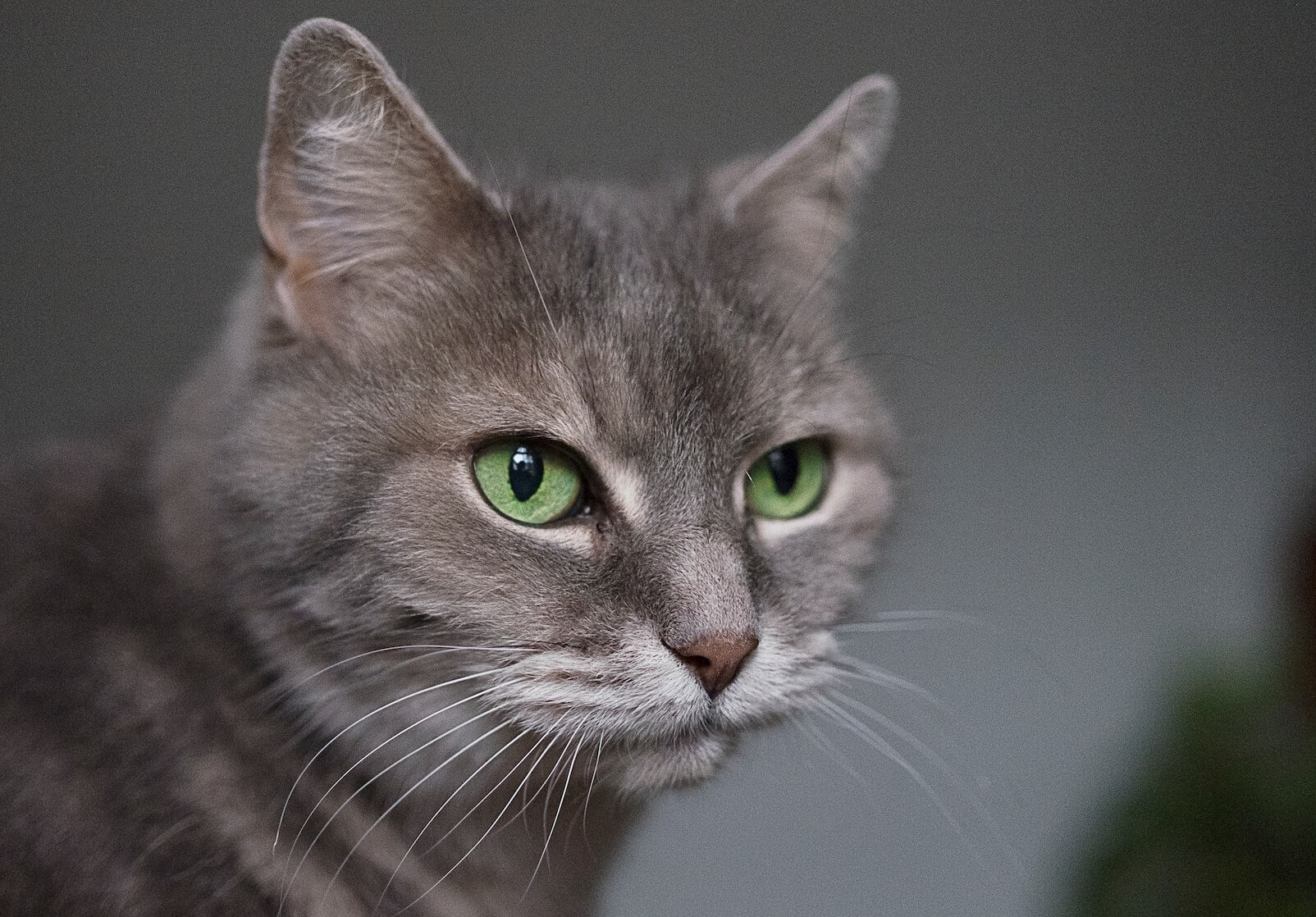
3. Hypoxemia
This is a medical term that means that the pet doesn’t have enough oxygen onboard.
This is a big deal.
It can occur for a number of reasons: not enough red blood cells (anemia), lung disease (including big tumors), chest diseases (free air or fluid in the chest etc.).
Fortunately, this is very rare.
As you can see, the risks of severe breathing complications are small, and most complications can be resolved quickly.
The key is to have good monitoring equipment, and above all, experienced anesthesia nurses.
Every patient we anesthetize has a dedicated anesthesia nurse whose only job if to keep her patient safe.
If you would like to learn how we can help your pet with safe surgery and anesthesia, please contact us through www.DrPhilZeltzman.com
Never miss a blog by subscribing here: www.DrPhilZeltzman.com/blog
Phil Zeltzman, DVM, DACVS, CVJ, Fear Free Certified

Dr. Phil Zeltzman is a traveling veterinary surgeon in Pennsylvania & New Jersey. An award-winning author, he loves to share his adventures in practice along with information about vet medicine and surgery that can really help your pets. Dr. Zeltzman specializes in orthopedic, neurologic, cancer, and soft tissue surgeries for dogs, cats, and small exotics. By working with local family vets, he offers the best surgical care, safest anesthesia, and utmost pain management to all his patients. Sign up to get an email when he updates his blog, and follow him on Facebook, too!
What to do about hip dysplasia?
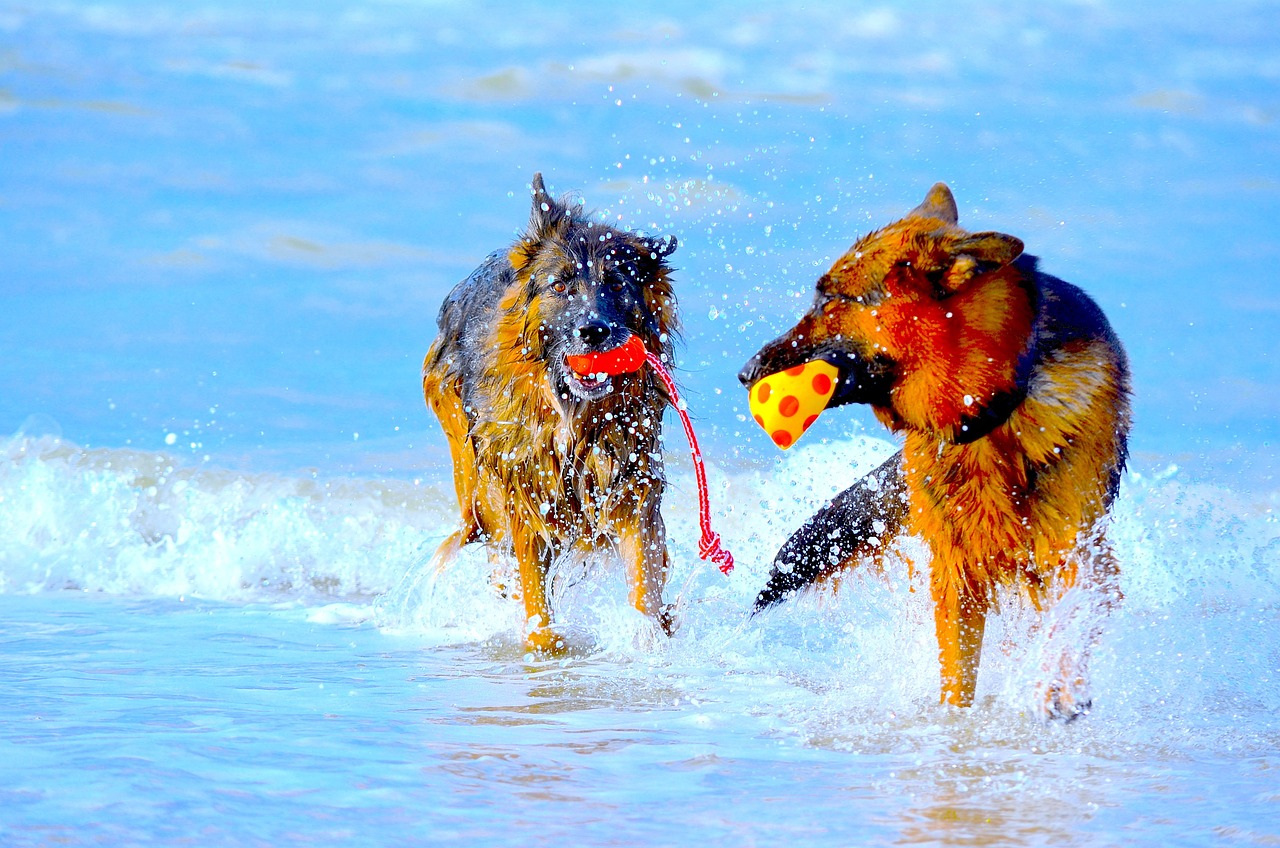
Hip dysplasia is a fancy way to say that the hip joint did not form correctly.
The hip is a “ball and socket” joint. It is made of the ball of the femur or thigh bone (aka femoral head), and a socket or cup in the pelvis (aka acetabulum).
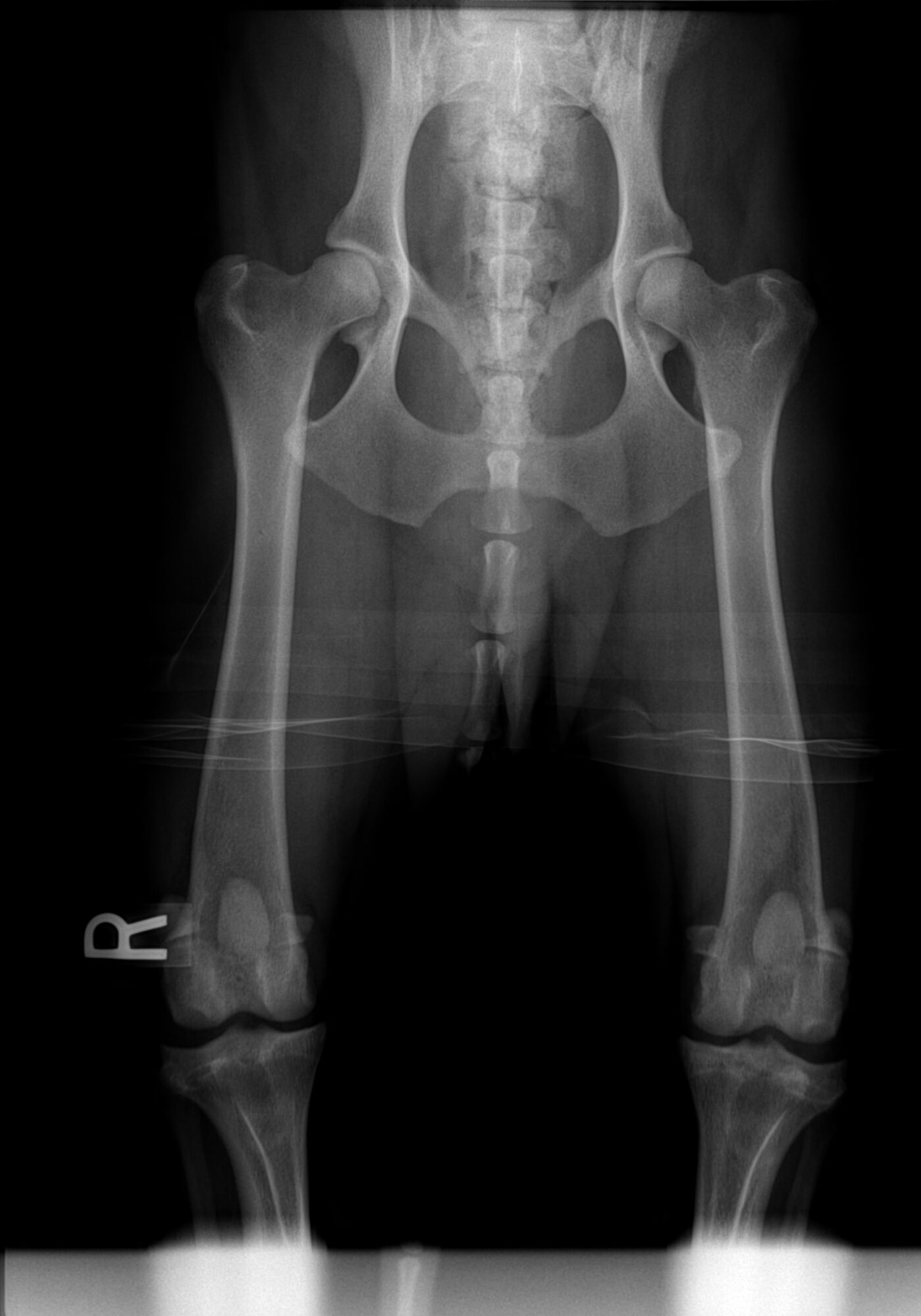
We typically think of hip dysplasia as a canine condition. In fact, cats can be affected as well.
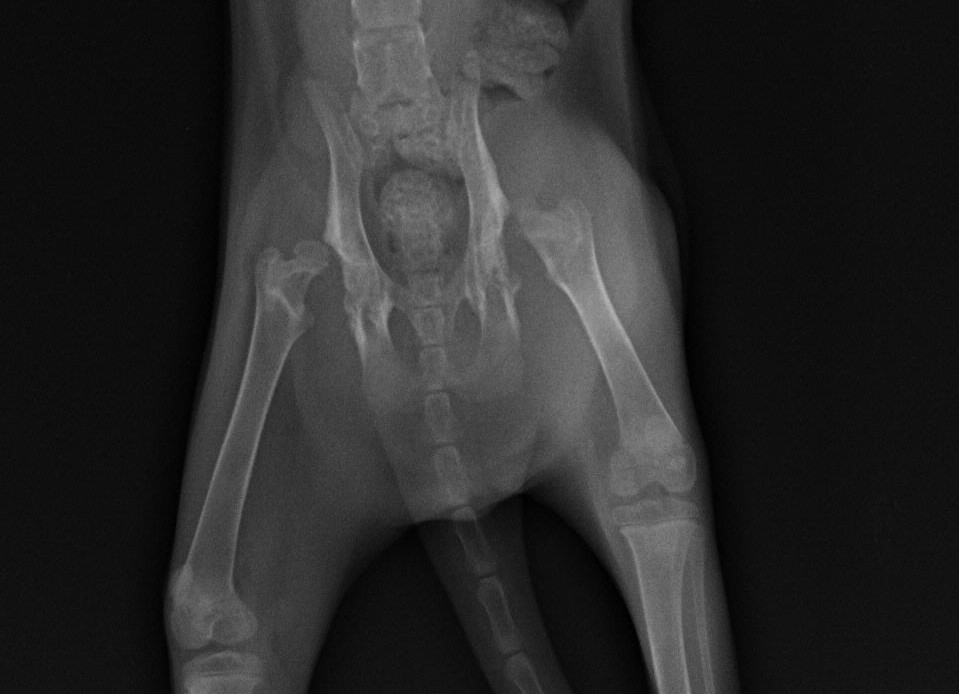
Hip dysplasia can cause pain.
Young patients are typically painful because of stretching of the ligaments of the hip as the ball slips in & out of the socket.
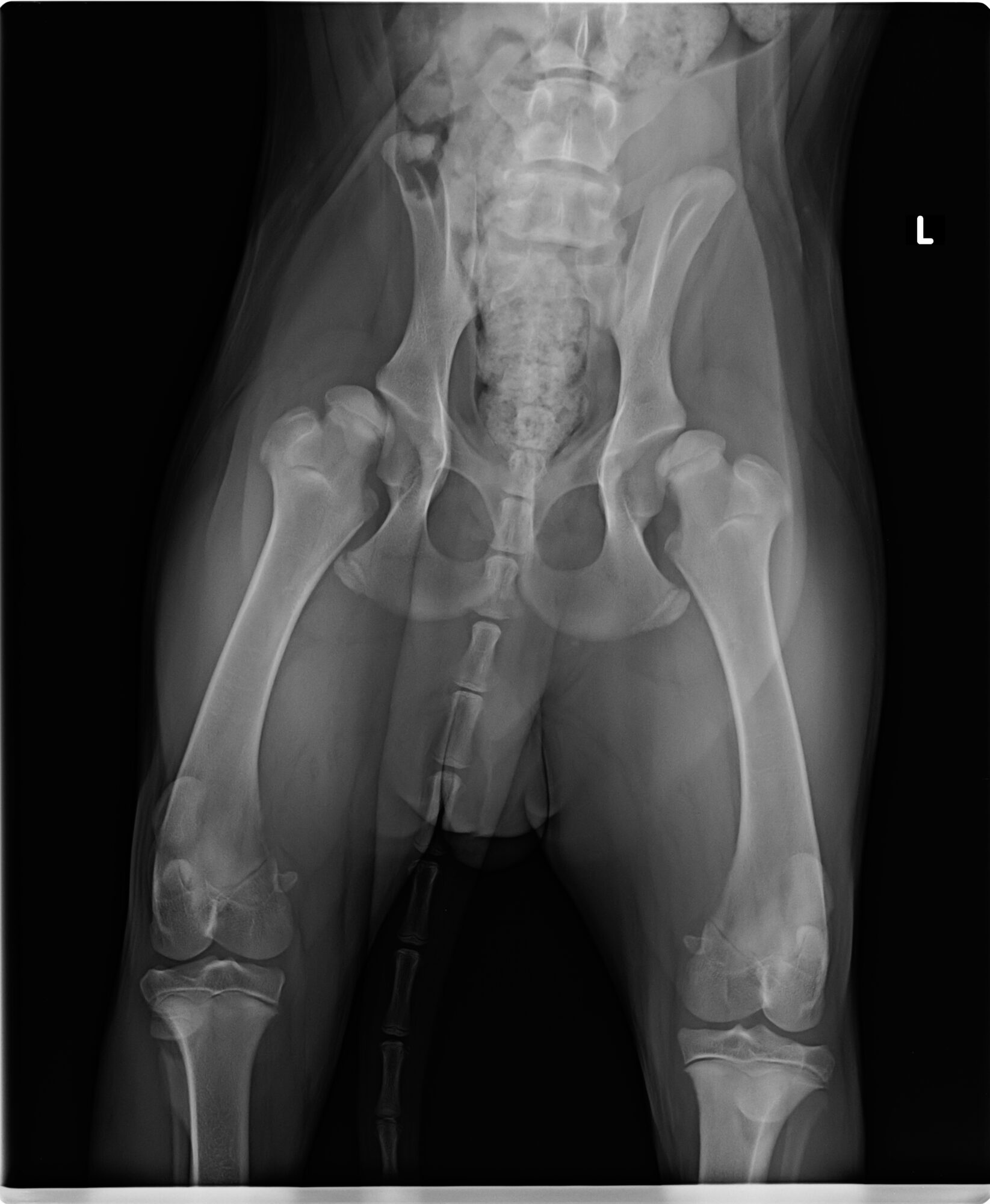
A very important point is that there is not always a good relationship between how bad X-rays look and how bad a patient feels.
In other words, patient A may have “horrible” hips on X-rays (meaning full of arthritis), yet may be functional and happy and able to run.
Whereas patient B may have “OK” hips on X-rays (meaning without much arthritis), but may act very painful.
As I always say, “I don’t treat X-rays, I treat pets.”Depending on the severity and the stage, there are many ways to help hip dysplasia patients.
The conservative way is to use all or some of the options we have discussed before to help arthritis: weight control or weight loss, arthritis supplements, arthritis diets, physical therapy, controlled exercise, pain medications etc.
The surgical way involves 4 mainstream options:
- Two “puppy” surgeries: Juvenile Pubic Symphysiodesis (JPS) and Triple Pelvic Osteotomy (TPO). They can only be performed in young patients who are very carefully selected. If a young patient is not a good candidate, then the following options will be more successful.
- and two “salvage procedures”: Femoral Head Ostectomy (FHO) and Total Hip Replacement (THR). Those can be performed at any age.
In cats, the most common option is the FHO, although a few surgeons have performed total hip replacements in cats.
Overall, hip dysplasia is a treatable condition.
It’s not a death sentence.
Make sure you get the right advice!
If you would like to learn how we can help your pet with safe surgery and anesthesia, please contact us through www.DrPhilZeltzman.com
Never miss a blog by subscribing here: www.DrPhilZeltzman.com/blog
Phil Zeltzman, DVM, DACVS, CVJ, Fear Free Certified

Dr. Phil Zeltzman is a traveling veterinary surgeon in Pennsylvania & New Jersey. An award-winning author, he loves to share his adventures in practice along with information about vet medicine and surgery that can really help your pets. Dr. Zeltzman specializes in orthopedic, neurologic, cancer, and soft tissue surgeries for dogs, cats, and small exotics. By working with local family vets, he offers the best surgical care, safest anesthesia, and utmost pain management to all his patients. Sign up to get an email when he updates his blog, and follow him on Facebook, too!
How can my pet have arthritis so young?
To answer this excellent question, let’s go over 3 classic, real-life scenarios.
Amber and the torn ACL
Amber, a 9 month old Lab, was presented for a torn ACL. An ACL can literally tear at any age, so we see it in puppies, young dogs, mature dogs and seniors. Even cats can occasionally have a torn ACL.
And we certainly can address them at any age.
Because of a bit of denial and back-and-forth between rest and pain medications, Amber’s surgery was delayed for a couple of months.
During that time, the body tried to patch things up by adding scar tissue and bone spurs around the knee. After surgery, I described her arthritis as severe. Yet she was only 11 months at the time of surgery!
Why? Simply because the knee had been wobbly for a long time, which gave the body plenty of time to try to patch things up – which it did poorly.

By the way, please note that when I say “arthritis”, it’s a bit of a simplification.
It may be a bit oversimplistic, but basically:
Arthritis = osteo-arthritis = Degenerative Joint Disease = DJD = bone spurs.
Sweetie and the dislocated kneecaps
Sweetie, a 6 month old kitten, was really struggling to run and jump like her sibling Simba.
She limped and was painful in both back legs.
Her issue? Both her kneecaps (or patellas) were dislocating (or dislocated, or luxated).
Because of a common misconception that cats don’t need their kneecaps fixed, surgery was delayed by 3 months.
After surgery, I described her arthritis as severe.
She didn’t have that many bone spurs, but her cartilage was discolored. Instead of being white, shiny and smooth, it was pinkish, dull and irregular.
Worse, it was partially gone under her kneecap and in the groove where the kneecap is supposed to stay.
The reason for the “bone on bone” (instead of cartilage on cartilage) is that every time the kneecap popped in & out of the groove, it mechanically damaged the cartilage.
It’s simple wear and tear.

Tank and hip dysplasia
Tank, a 9 month old Cocker spaniel, was in severe pain in both back legs. He was very painful in both hips. His problem? Severe hip dysplasia, which means that his hips were not formed properly.
Similar to Sweetie’s case, the ball popped in and out of the socket. Not only did it mechanically damage the cartilage (wear and tear), but as in Amber’s case, that abnormal motion also led to bone spurs.
The hip is a ball and socket joint.
Tank got pain relief thanks to a surgery that removed the ball part (Femoral Head Ostectomy or FHO).

As you now understand, the severity of the arthritis in Amber, Sweetie and Tank has nothing to do with their ages.
It has to do with their conditions, and the duration of the issue before surgery took place.
By doing surgery early on, we can’t fix the arthritis.
Surgery can however correct the actual problem, and slow down the progression of arthritis.
If you would like to learn more about how your pet can have safe surgery and anesthesia, contact us through www.DrPhilZeltzman.com
Phil Zeltzman, DVM, DACVS, CVJ, Fear Free Certified
www.DrPhilZeltzman.com

Dr. Phil Zeltzman is a traveling veterinary surgeon in Pennsylvania & New Jersey. An award-winning author, he loves to share his adventures in practice along with information about vet medicine and surgery that can really help your pets. Dr. Zeltzman specializes in orthopedic, neurologic, cancer, and soft tissue surgeries for dogs, cats, and small exotics. By working with local family vets, he offers the best surgical care, safest anesthesia, and utmost pain management to all his patients. Sign up to get an email when he updates his blog, and follow him on Facebook, too!

